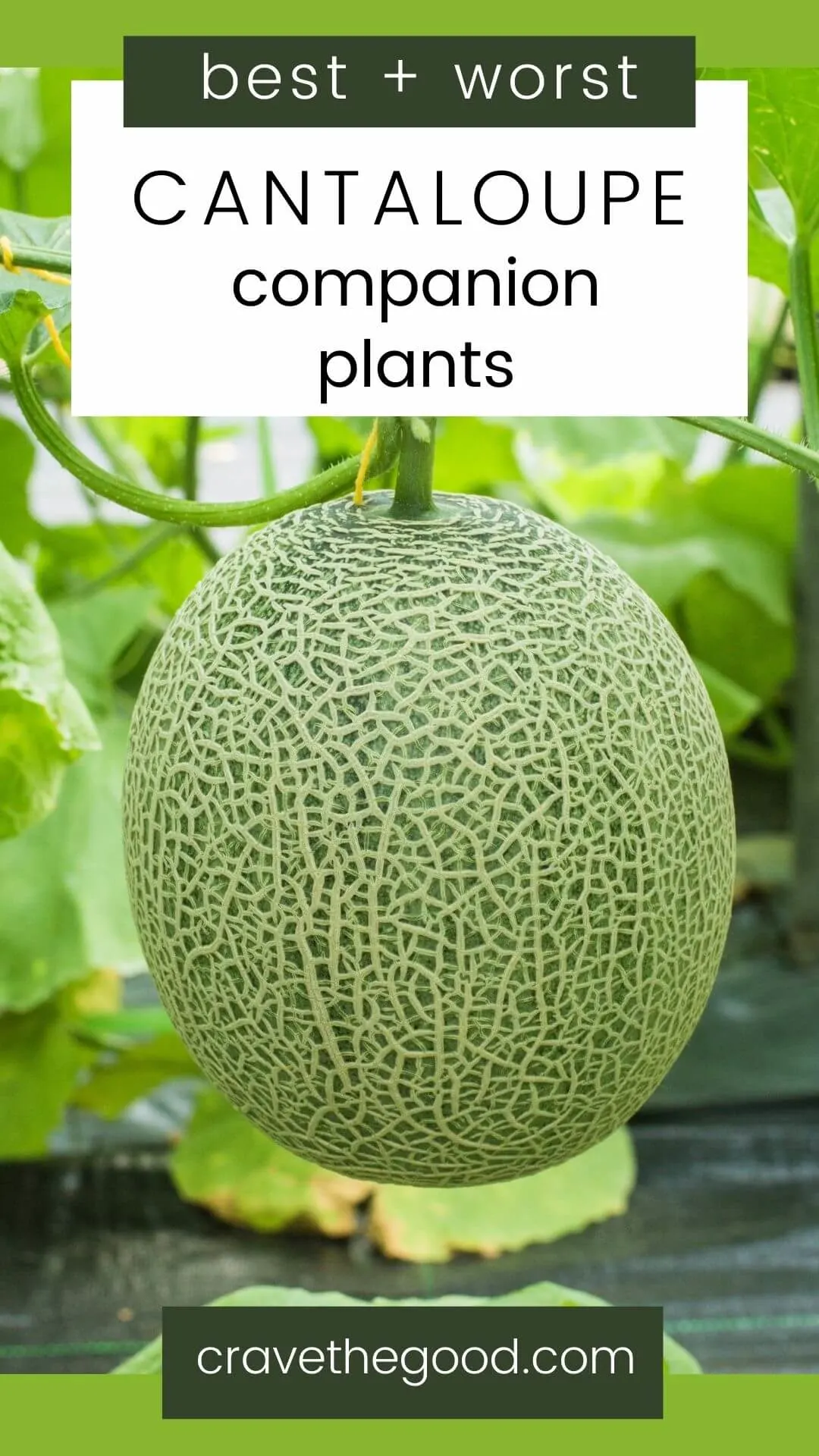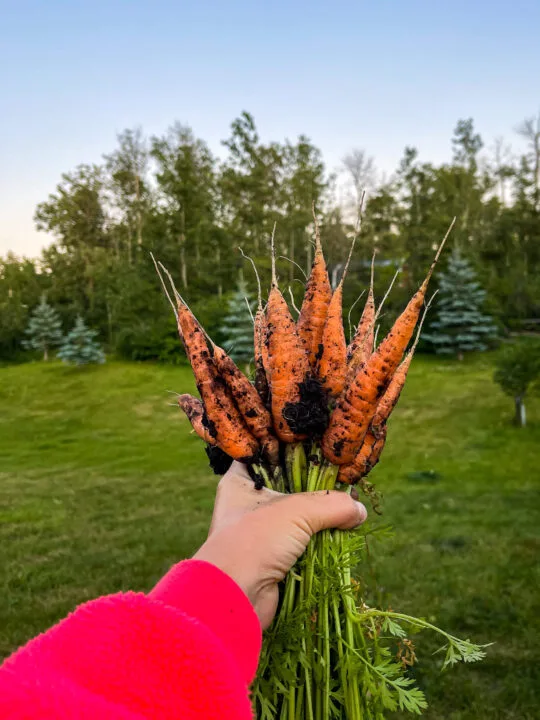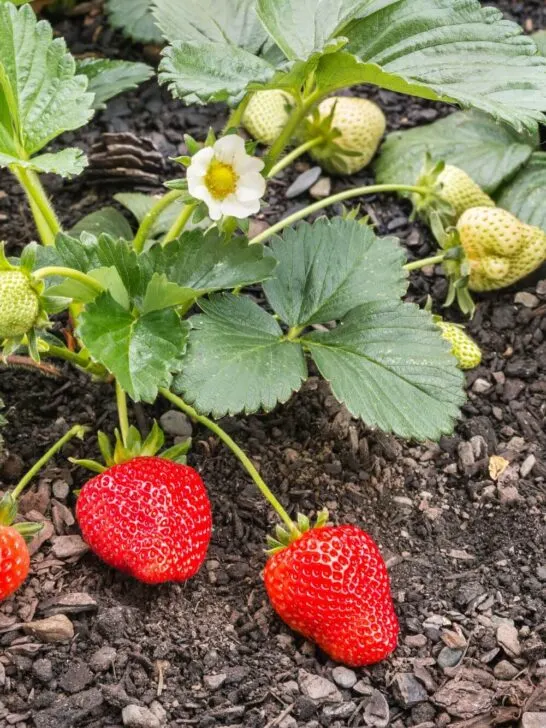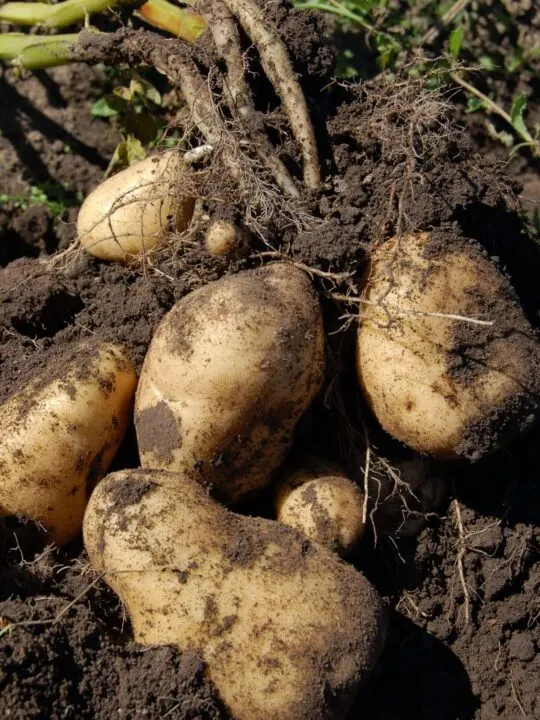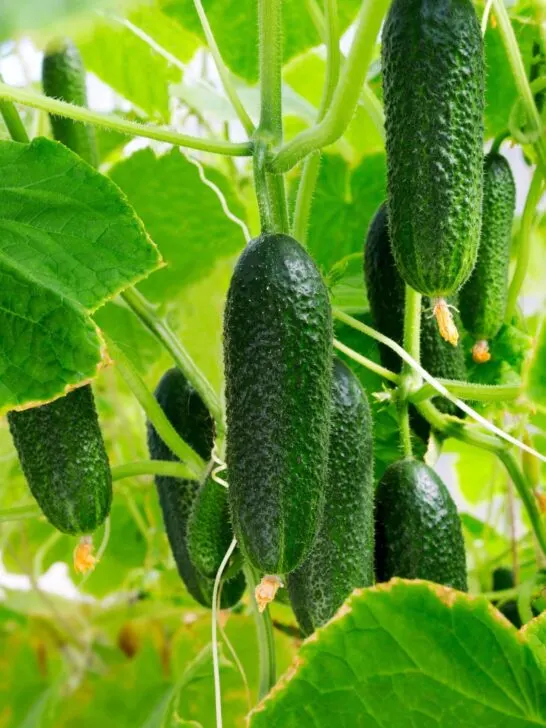It's important to consider cantaloupe companion plants when planning your garden layout. Learn which are the best and which plants you should avoid planting near your melons in order to get the most benefit from your crop!
When you think of cantaloupe, what comes to mind?
Most likely, the first thing you think of is the sweet, delicious fruit that can be found at most grocery stores.
But cantaloupes are more than just a tasty snack; they are also a great fruit to grow in your vegetable garden!
Cantaloupes, also known as muskmelons, are a type of melon that belongs to the Cucurbitaceae family, like watermelons and honeydews. Like other Cucurbitaceae plants, they are a warm-season crop that requires full sun for optimal fruit set and yield.
Cantaloupe grows on a trailing vine and can be grown in a wide variety of climates, and we have been able to grow them successfully in our zone 3 climate!
I'll be planting my cantaloupes in our food forest this year to allow them plenty of space to stretch out!
If you are planning on growing cantaloupes this year, it's important to know their common garden pests, like striped cucumber beetles, aphids, and squash vine borers.

As an Amazon Associate I earn from qualifying purchases.
What Is Companion Planting?
Companion planting is the practice of growing two or more plants together in order to benefit from each other. Companion plants can help each other grow better, resist pests and diseases, attract flying insects to control pest populations, and produce higher yields.
Not all companion plants need to be interplanted with the cantaloupe to offer the same effectiveness. Many companion plants can be planted along the edge of the garden plot or placed in the garden in containers without diminishing their pest control superpowers.
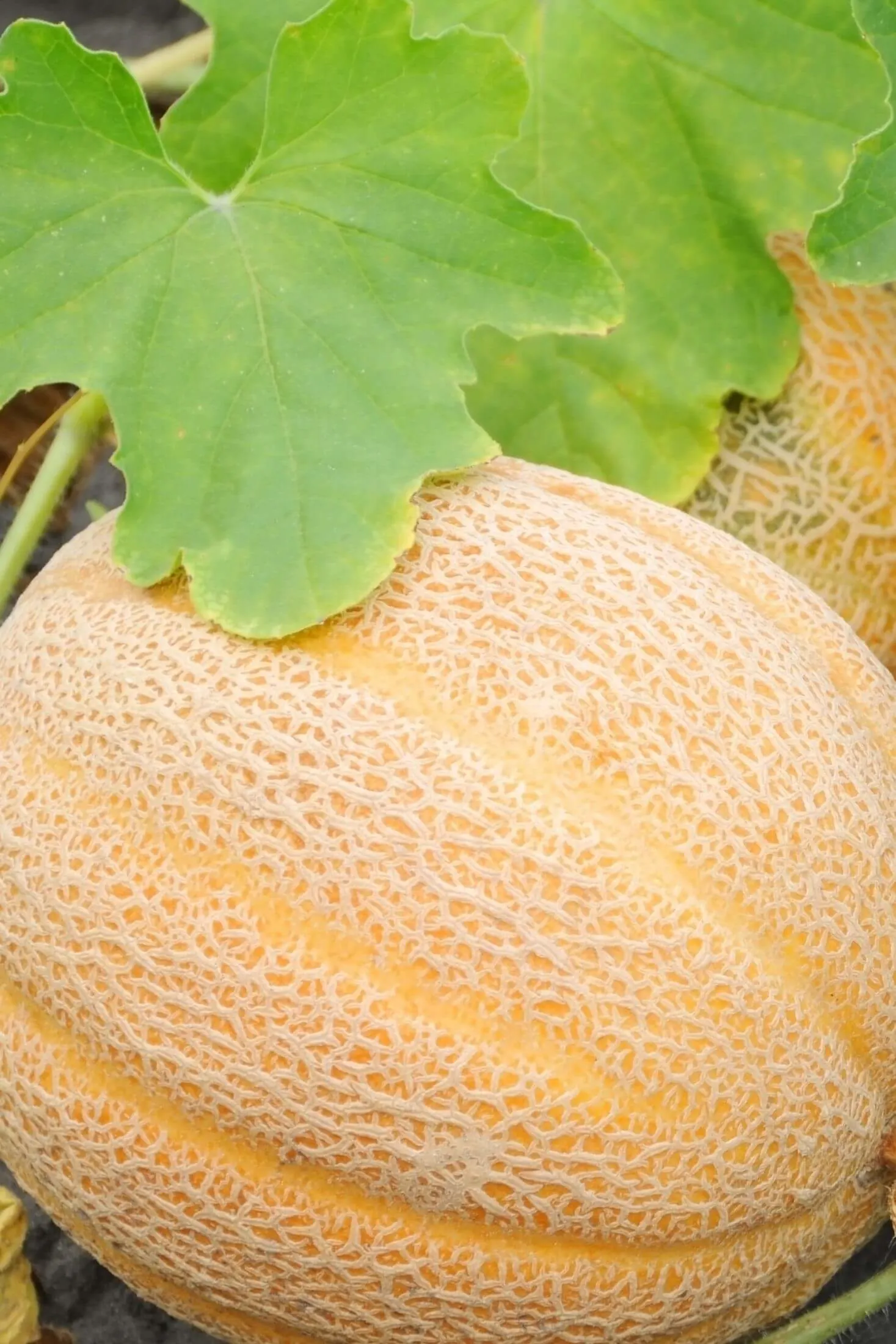
Best Cantaloupe Companion Plants
Alliums
Alliums like onions, garlic, chives, and more can help to repel cantaloupe's natural predators- the aphid and the cucumber beetle! These fragrant plants also help to deter larger pests, like foraging rodents and deer from snacking on the delicious vines.
As an added bonus, most alliums have a compact growth pattern that is unlikely to shade the sun-loving cantaloupe plants.
Avoid using alliums if you're planting a legume in the same vicinity, as the alliums can stunt their growth.
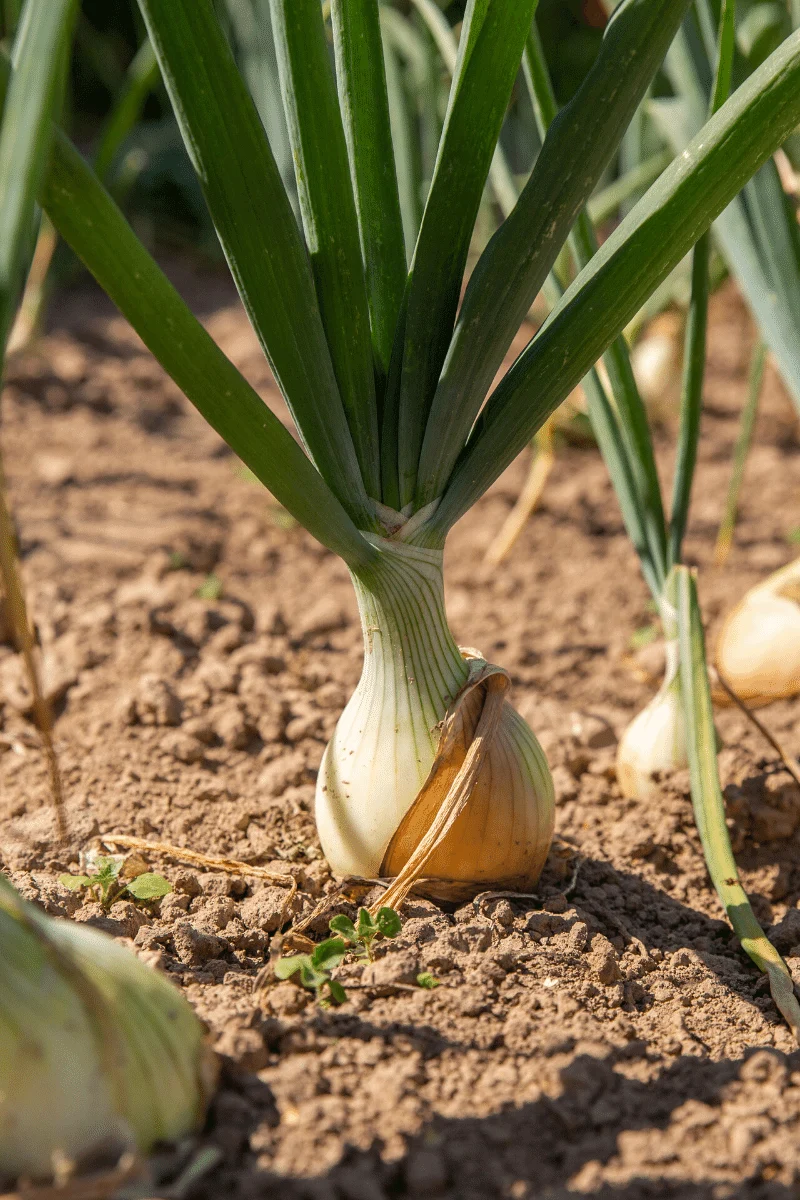
Bee Balm
Bee balm is a beautiful, brightly-colored flower that also helps to attract beneficial pollinators like bees and butterflies to your garden.
Not only do they help with pollination, but these lovely creatures can also act as natural pest predators!
Bee balm planted near cantaloupe will not only look great, but it will also offer some protection from pests.

Bush Beans
Bush beans, and all legumes, are real rockstars in the garden! Their ability to fix atmospheric nitrogen into the soil makes them a great companion plant for melons. The beans will naturally fertilize your melon crop through the season!
Bush beans are a better choice for these plants as they are shorter in stature and will block less sun than pole beans.
Avoid using beans or any legumes if you're planning on adding alliums into the companion planting zone because they are NOT good garden friends!
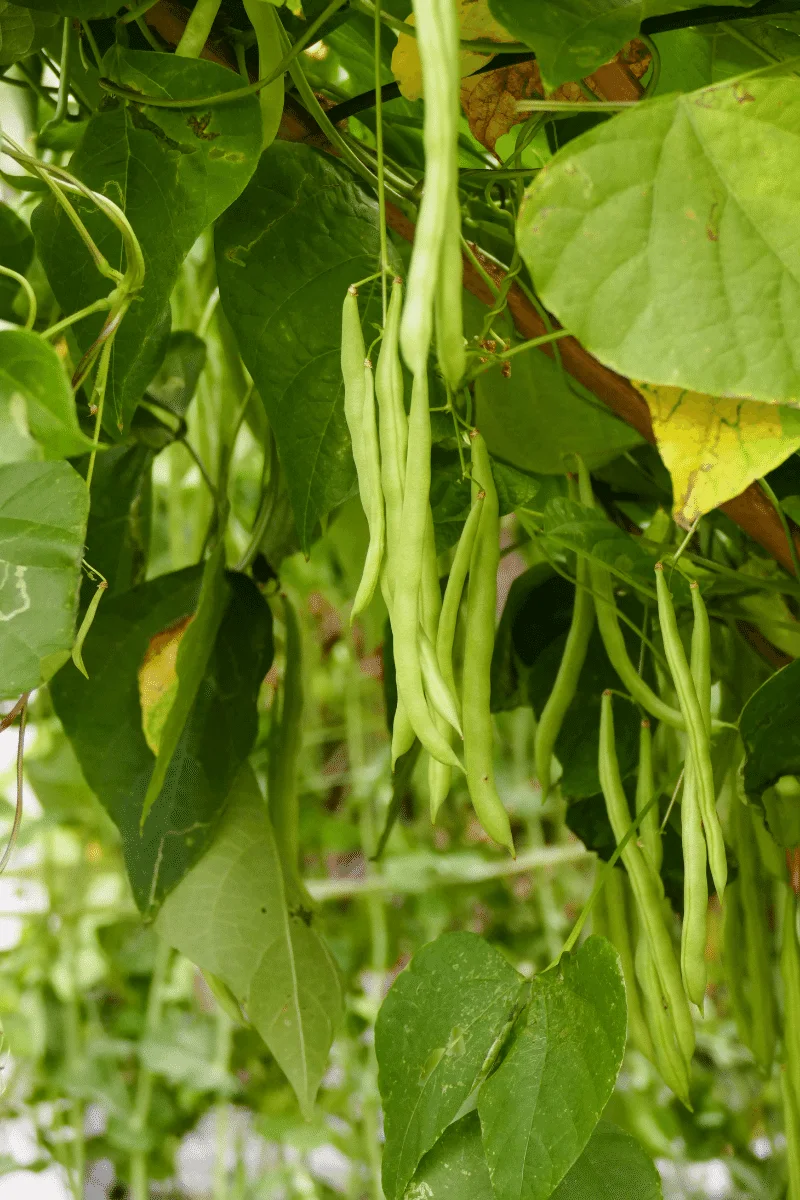
Collard Greens
Collard greens make an excellent companion plant for cantaloupes. Not only do they offer some protection from pests by acting as a trap crop for aphids, much like radishes
The collards can be planted as a border around the cantaloupe plants or interplanted in the cantaloupe rows themselves.
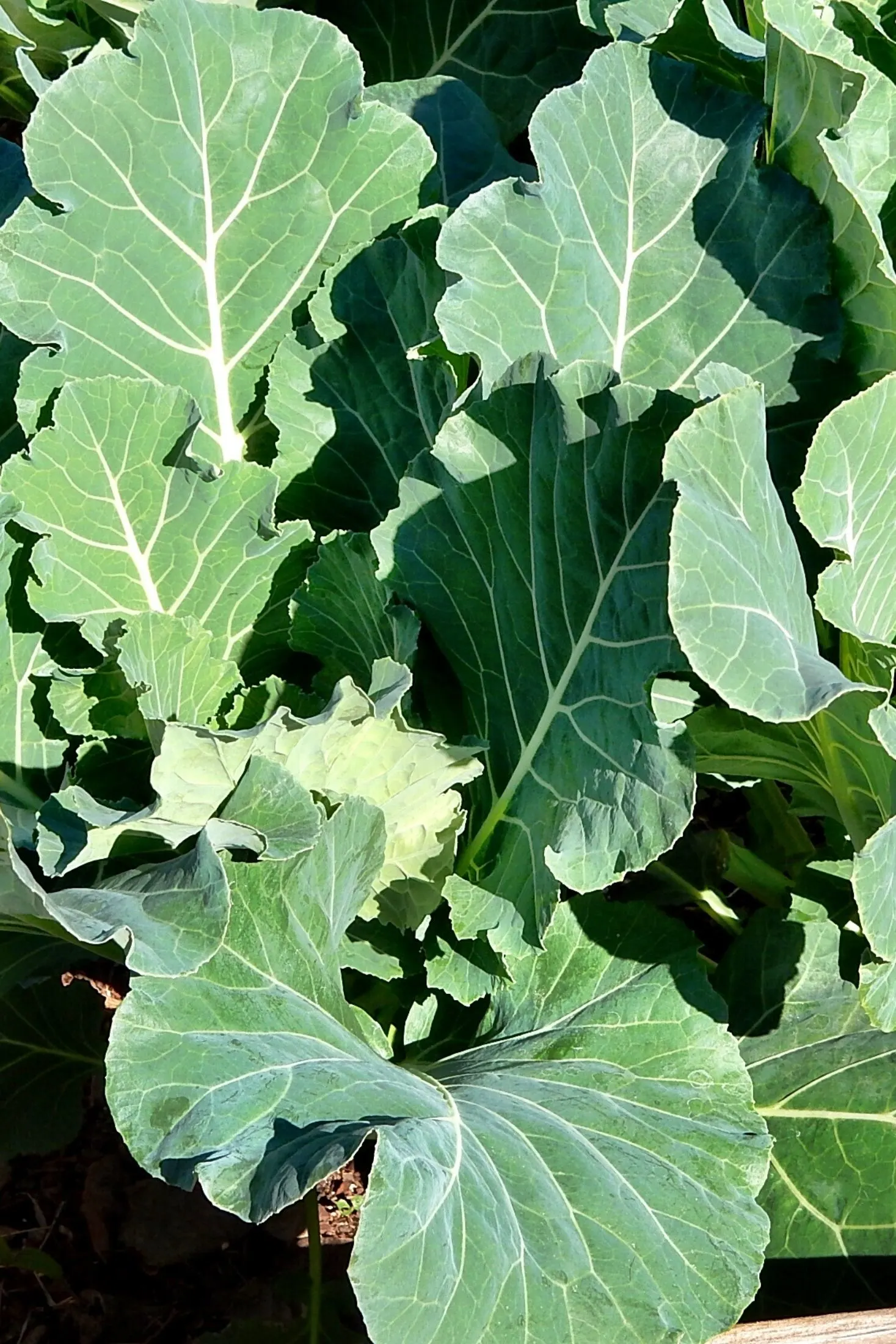
Herbs
Basil is a great companion for cantaloupes because it helps to repel whitefly, which can be a major pest of cucurbit plants.
Other herbs like oregano, mint, and tansy make great companion plants for cantaloupe. They are all fragrant plants that help to repel pests that want to feed on your tasty melon!
Many herbs have a compact growth habit, so they won't shade the cantaloupe vines during the growing season.
Some herbs, like catnip and mint, can be invasive, so be sure to plant them in a container if you're not wanting them to take over your garden!
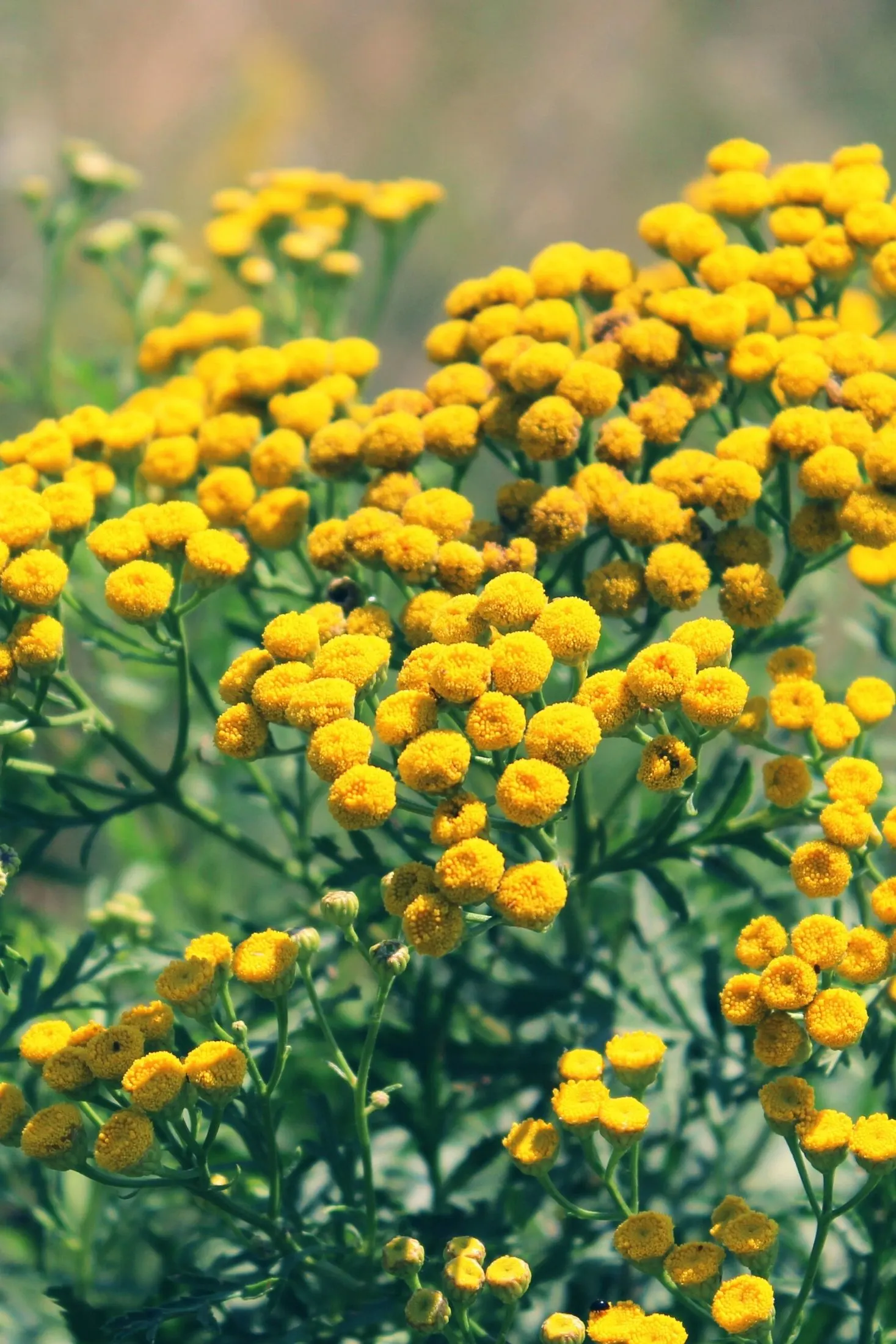
Lettuce + Spinach
Lettuce, spinach, and arugula are fast-maturing cool-season crops that are great companions for cantaloupe and other melon plants. These salad greens can be interplanted with melons to help to keep the area around them free of weeds and also provide some shade during the hotter parts of the day.
Both spinach and lettuce will be harvested and gone from the garden by the time the vining cantaloupe needs to take over that space!
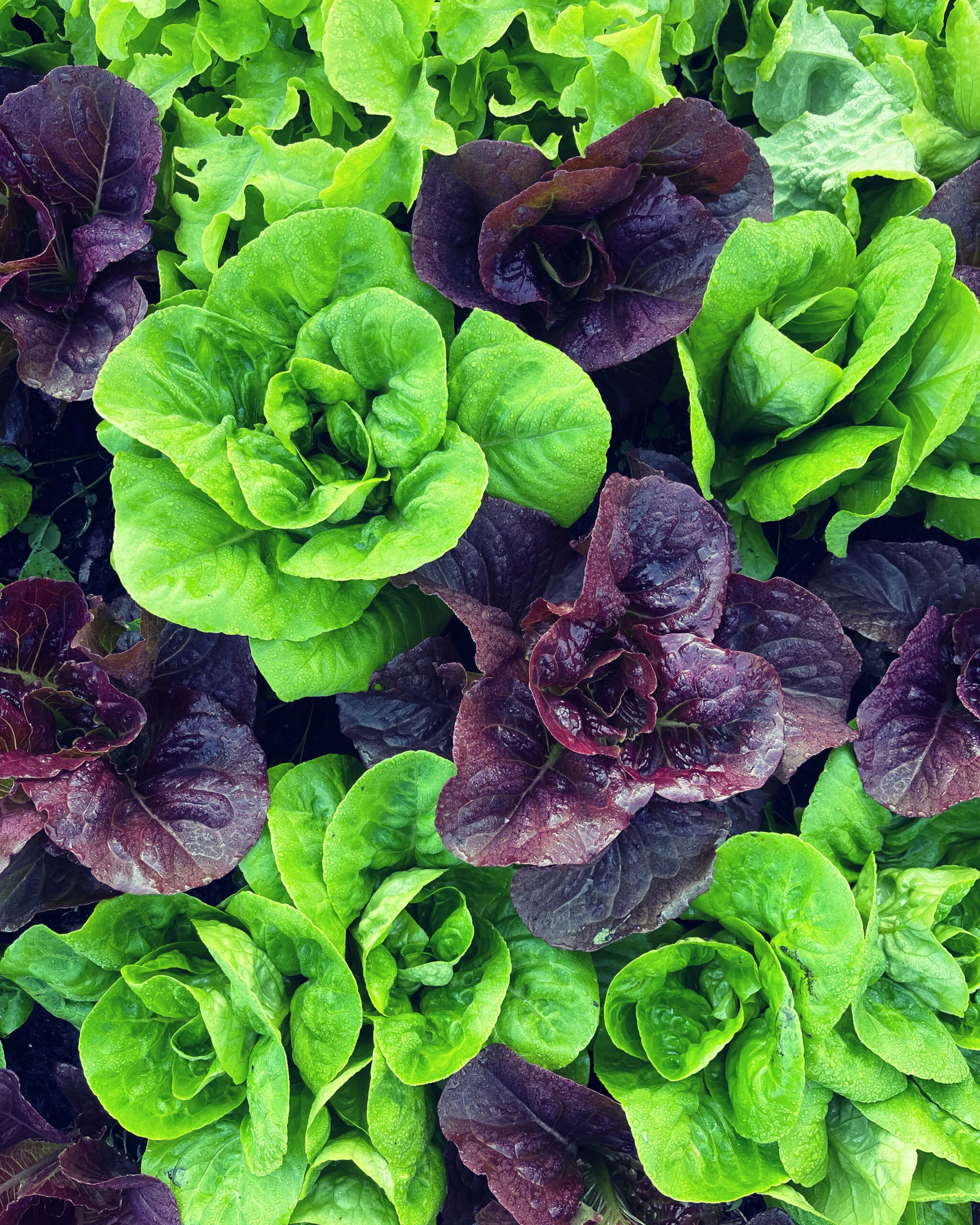
Marigolds
Marigolds are another great option for companion planting with cantaloupe. Their pungent aroma deters many pests, including aphids, whiteflies, and cucumber beetles.
As an added bonus, marigolds are a beautiful addition to any garden and come in a variety of colors.
Marigolds should be planted near your melon plants, but should not be planted directly in the same bed or container, try planting these guys along the edge of the garden, or in a container placed near the melon patch!

Nasturtiums
Ah, the humble nasturtium makes another appearance on a companion plant guide. These easy-to-grow flowers are a great trap crop for aphids, as their peppery-scented leaves attract aphids away from your fruit crop.
Nasturtiums come in a variety of vibrant colors that will add beauty to your garden, not to mention attract pollinators and other beneficial insects.
Plant them near but not directly with the cantaloupe for the best effect on your crops.
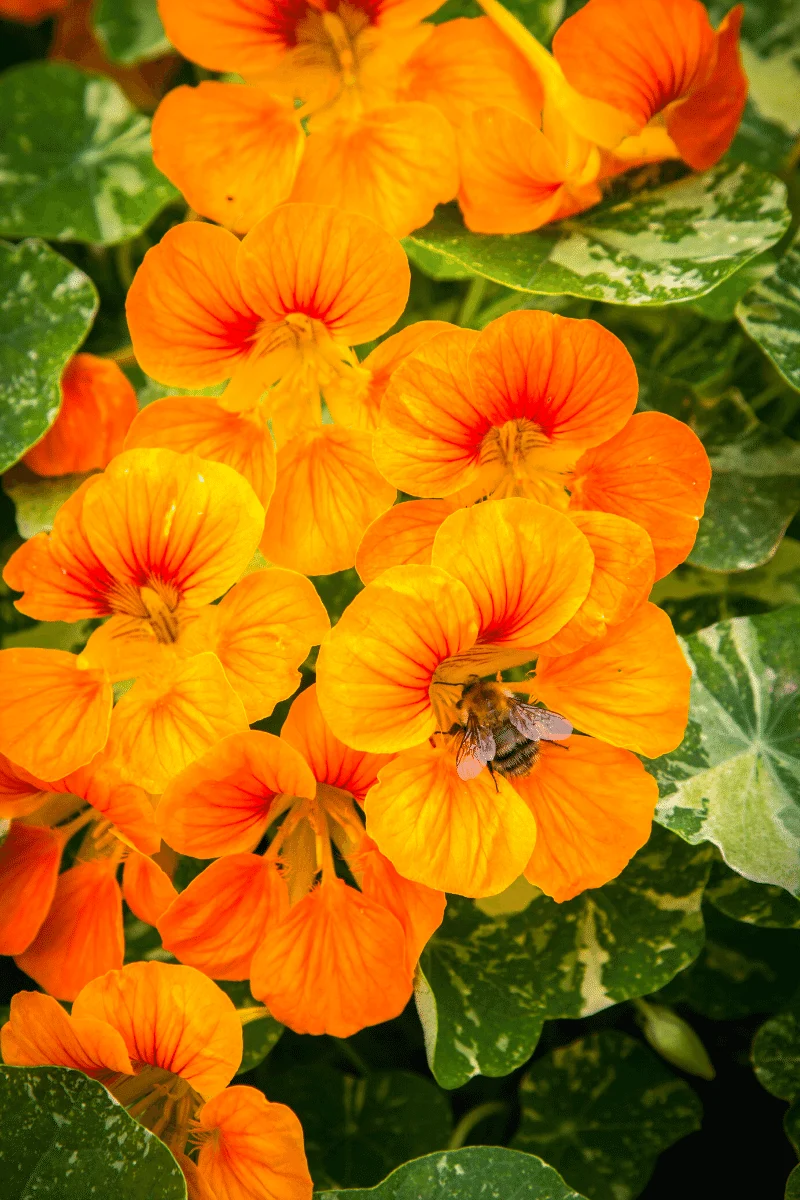
Radishes
Radishes are usually a safe companion plant bet. They are fast-growing and fast-maturing, so they are able to offer ground cover and weed suppression to your cantaloupes and like lettuce, be harvested before the melon plants need that space.
Radishes also help cantaloupe plants by attracting aphids to their green leaves, which will then become an easy meal for predatory insects like ladybugs and lacewings that came to your garden to check out the tansy!

Wild Flowers
As a general companion plant, wildflowers are a great crop to have around your cantaloupe because they attract pollinators!
Melons themselves are not that great at attracting pollinators and their flowers are very short-lived, so having an abundance of pollinators around can only help to improve your yield and harvest.
Flowers can be planted in containers and placed near your melon patch rather than interplanted and they'll still bring in tons of pollinators.
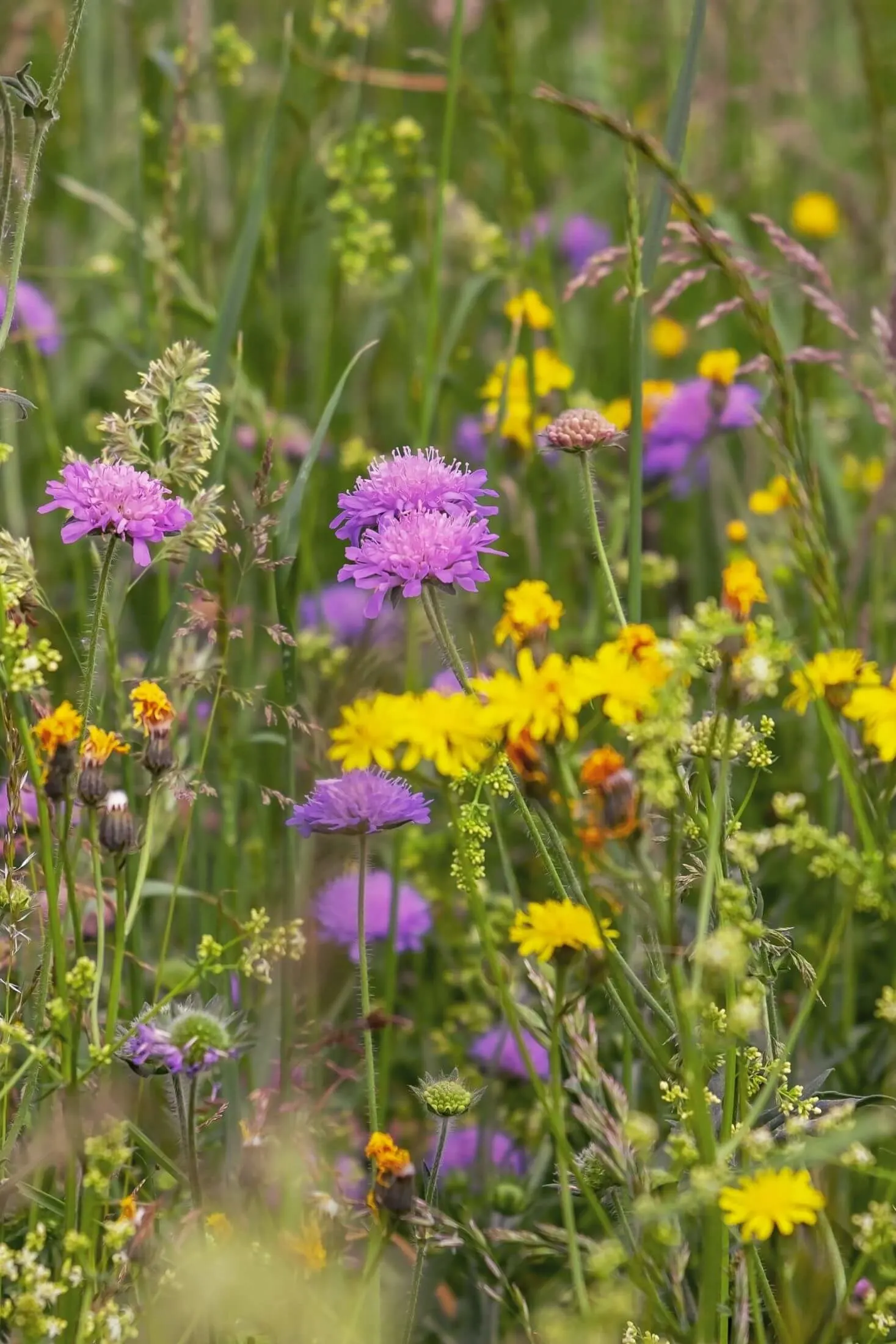
Worst Companion Plants For Cantaloupe
Cucumbers
Unfortunately, cucumbers are the main dinner for cucumber beetles, so planting them near any other crop that is susceptible to the same insect pests is like putting a menu board out front that says, "Free food here!"
Both these plants are sunlight addicts, so they really don't want to be planted near each other in the garden. Either one plant will be much healthier and suffocate the other, or they'll both be stunted.
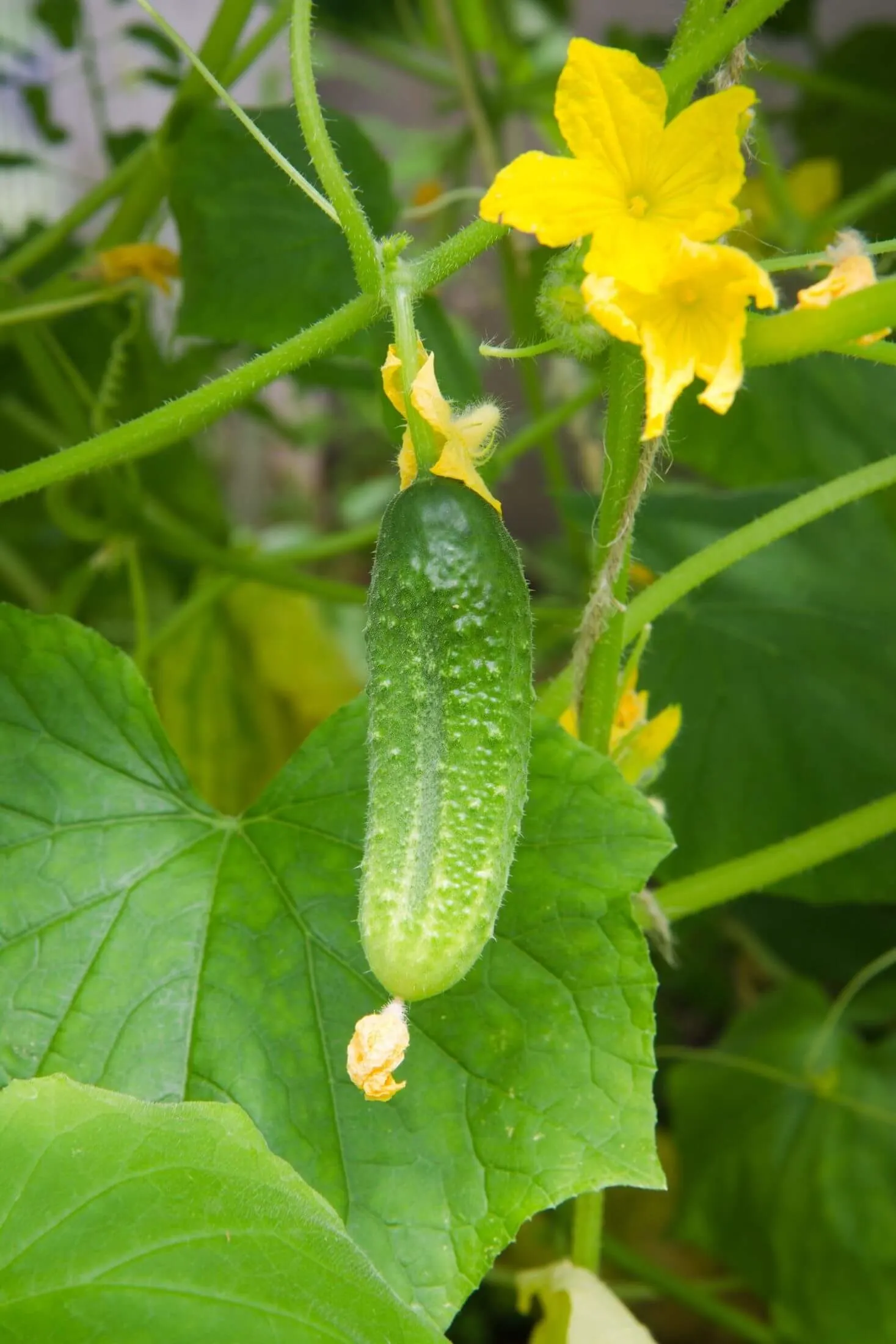
Squash + Pumpkin
Like cucumbers and watermelons, squash and pumpkins are members of the Cucurbitaceae family and also a major host for cucumber beetles and squash bugs.
In addition, cantaloupe and squash vines are likely to sprawl looking for unimpeded sunlight, and will quickly overtake nearby plants.
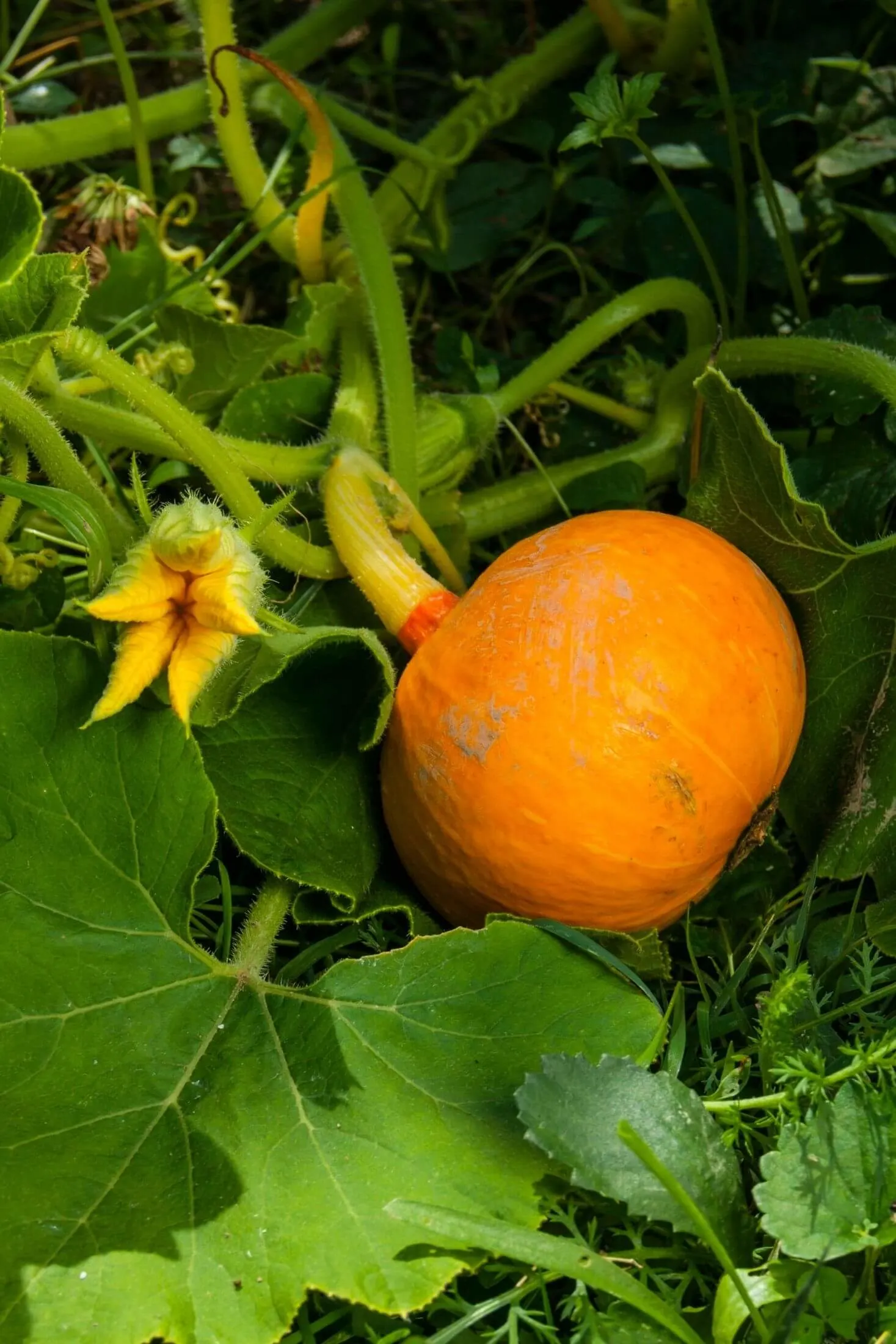
Potatoes
Another crop that should not be planted near melons is potatoes.
Potatoes attract aphids, the infamous garden pest, and we all know what happens when aphids start to congregate...
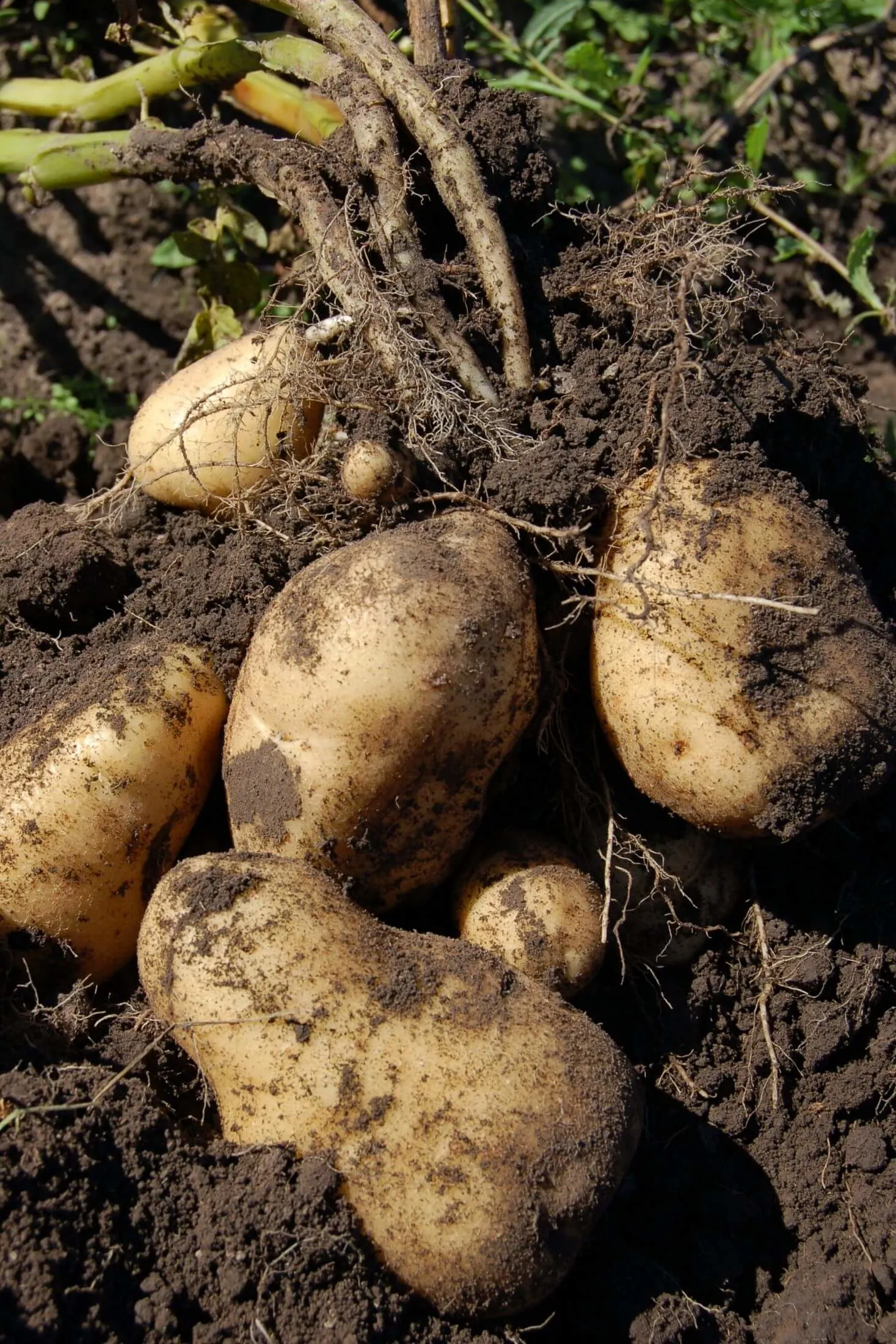
More Companion Planting Guides:
Final Thoughts
Companion planting is a great way to protect your cantaloupe plants from pests while also adding beauty and flavor to your garden. Some of the best companion plants for cantaloupes include marigolds, nasturtiums, radishes, and lettuce. Avoid planting cucumbers, watermelons, or squash near cantaloupes, as they are susceptible to the same pests!
Pin This Cantaloupe Companion Planting Guide!
